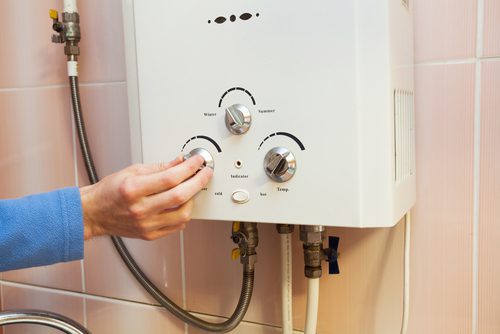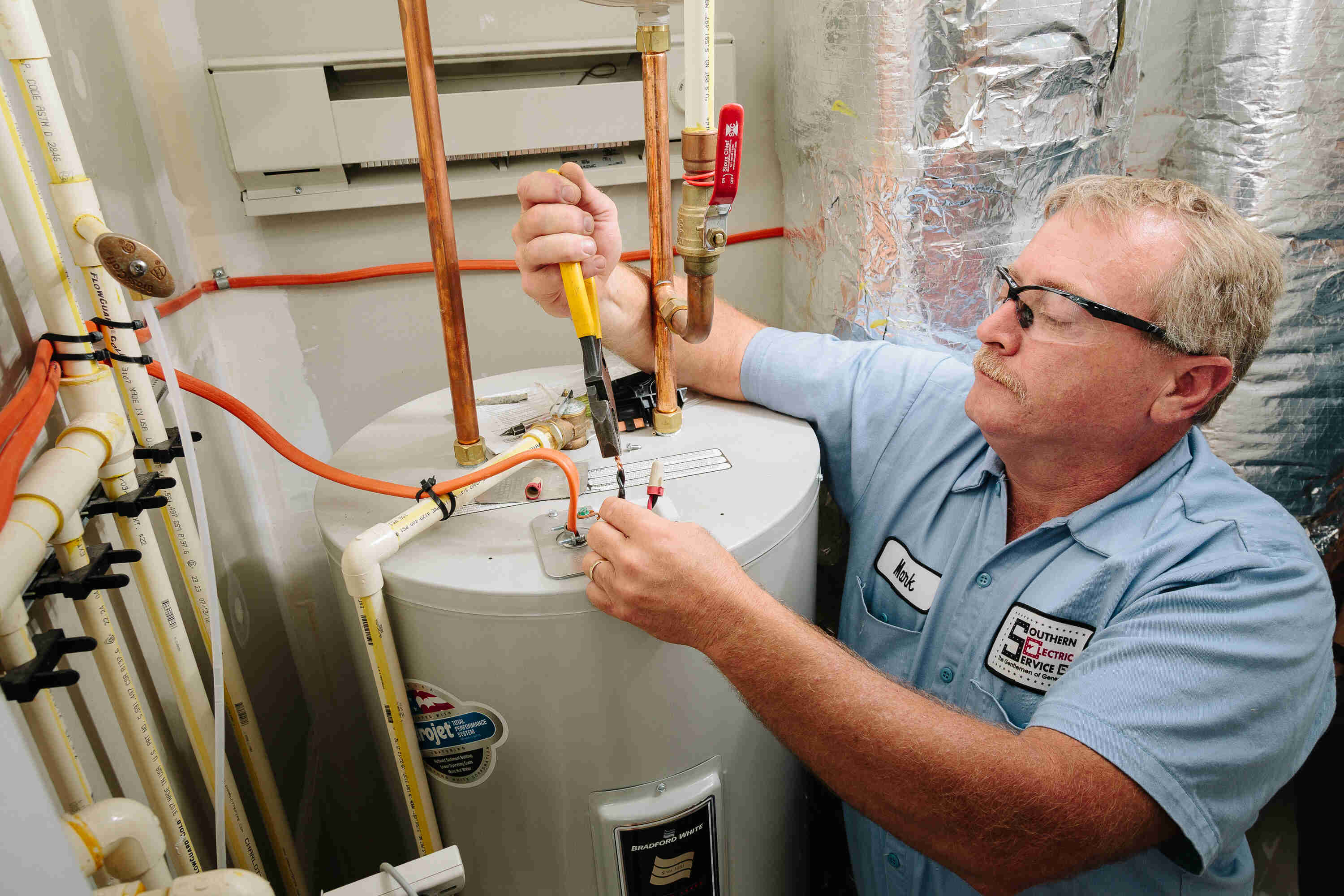Caring for Your Home's Hot Water System: Important TipsSpecialist Guidance for Caring for Your Home's Hot Water System
Caring for Your Home's Hot Water System: Important TipsSpecialist Guidance for Caring for Your Home's Hot Water System
Blog Article
Have you been searching for suggestions around Tips For Maintaining Your Hot Water Heater?

Warm water is important for daily comfort, whether it's for a revitalizing shower or cleaning meals. To guarantee your hot water system runs successfully and lasts much longer, regular upkeep is key. This post gives useful pointers and insights on just how to maintain your home's hot water system to stay clear of disruptions and costly fixings.
Introduction
Keeping your home's hot water system may appear complicated, but with a few straightforward steps, you can ensure it runs smoothly for many years ahead. This overview covers everything from comprehending your hot water system to do it yourself maintenance suggestions and understanding when to contact specialist aid.
Importance of Preserving Your Warm Water System
Normal upkeep not just extends the lifespan of your hot water system but also ensures it operates efficiently. Ignoring maintenance can result in reduced effectiveness, greater power costs, and also early failing of the system.
Signs Your Hot Water System Needs Maintenance
Knowing when your hot water system requires focus can protect against significant concerns. Watch out for indications such as inconsistent water temperature, weird sounds from the heating system, or rustic water.
Flushing the Water Heater
Flushing your water heater removes debris build-up, enhancing effectiveness and extending its life.
Checking and Replacing Anode Rods
Anode poles protect against corrosion inside the storage tank. Examining and replacing them when worn out is critical.
Facility Problems Needing Professional Assistance
Examples include significant leakages, electrical problems, or if your hot water heater is continually underperforming.
Regular Professional Maintenance Conveniences
Professional upkeep can consist of extensive evaluations, tune-ups, and ensuring conformity with security standards.
Evaluating and Changing Temperature Setups
Changing the temperature setups makes sure optimum performance and safety.
DIY Tips for Upkeep
You can perform numerous maintenance tasks on your own to keep your warm water system in top problem.
Looking for Leaks
Consistently examine pipelines and connections for leaks, as these can cause water damages and higher costs.
Understanding Your Hot Water System
Prior to diving into upkeep tasks, it's helpful to comprehend the basic parts of your hot water system. Commonly, this includes the hot water heater itself, pipes, anode poles, and temperature controls.
Month-to-month Maintenance Tasks
Regular regular monthly checks can aid catch small issues prior to they escalate.
Evaluating Stress Relief Valves
Examining the pressure safety valve ensures it works appropriately and avoids too much pressure accumulation.
Insulating Pipelines
Insulating hot water pipes lowers heat loss and can conserve power.
When to Call a Professional
While do it yourself upkeep is useful, some concerns require expert experience.
Conclusion
Routine upkeep of your home's warm water system is important for performance, durability, and price financial savings. By following these suggestions and recognizing when to look for professional assistance, you can make certain a dependable supply of hot water without unexpected interruptions.
How to Maintain an Instant Hot Water Heater
Before tinkering with your hot water heater, make sure that it’s not powered on. You also have to turn off the main circuit breaker and shut off the main gas line to prevent accidents. Also turn off the water valves connected to your unit to prevent water from flowing into and out of the appliance. 2. When you’re done, you have to detach the purge valves’ caps. These look like the letter “T” and are situated on either side of the water valves. Doing so will release any pressure that has accumulated inside the valves while at the same time avoid hot water from shooting out and burning your skin. 3. When the purge valves’ caps are removed, you have to connect your hosing lines to the valves. Your unit should have come with three hoses but if it didn’t, you can purchase these things from any hardware or home repair shops. You can also get them from retail stores that sell water heating systems. Read the user’s manual and follow it to complete this task properly. When the hosing lines are connected, open the purge port’s valves. 4. You should never use harsh chemical cleaners or solutions when cleaning your unit. Make use of white vinegar instead. It should be undiluted and you’ll probably use about 2 gallons. 5. Now flush your water heater. This task should probably take about 40 minutes. We can’t give you specific directions for this because the procedure is carried out depending on the type, model and brand of your heater. With that being said, refer to the user’s manual. 6. When you’re done draining the unit, you have to turn off the purge port valves again. Remove the hosing lines that you earlier installed on each of the water valves. Put the valve caps (purge port) back in their respective places and be very careful so as not to damage the rubber discs that are found inside these caps. 7. Now that everything’s back in place, check your user’s manual again to find out how to reactivate your water heating system. 8. Once it is working, turn one of your hot water faucets on just to let air pass through the heater’s water supply pipes. Leave the tap on until water flows smoothly out of it. https://www.orrplumbing.com/blog/2014/september/how-to-maintain-an-instant-hot-water-heater/

We hope you enjoyed our post on How to Maintain a Hot Water Heater in a Few Simple Steps. Thanks so much for spending some time to read through our article. Are you aware of somebody else who is involved in What Kind of Maintenance Do Water Heaters Need?? Why not promote it. I praise you for being here. Come back soon.
Check It Out Report this page